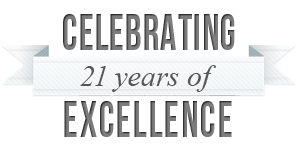Bringing Innovation to Diversity, Equity, and Inclusion
When I think of the challenges associated with achieving, or even just advancing, diversity, equity, and inclusion in organizations, I’m constantly surprised by how infrequently tools for problem analysis, design-thinking innovation, and organizational change, are applied. My problem-solving mindset and strategic approach to the aforementioned, likely stem from my early days as a chemical engineer.
People issues are complex and dynamic. We may identify with being impacted by one or multiple “isms” on any given day, not to mention a barrage of imagery and messaging from myriad channels. The intersectionality of multiple sources of discrimination also contributes to the challenge organizations have in developing more inclusive practices and behaviors. But that doesn’t mean that the same analytical rigor applied to solving organizational problems can’t be brought to bear.
At the heart of true problem solving is properly defining the problem, which means understanding its impact and magnitude from multiple perspectives. This is where design thinking and hackathons with diverse teams are so powerful. Organizational visibility and the ability to track progress are also essential to the change process. Tech-based tools, like Diverst’s dashboards and other digital supports, illuminate metrics that help an organization understand and track its progress in terms of diversity and inclusion, which are different metrics. And in the very near future, tools like virtual reality will be used to tell stories in a uniquely engaging and impactful way to support behavior change.
This is what excites me: integrating my skills and experience, adapting existing tools, developing new ones, and leveraging technology, where appropriate, to have a positive impact in advancing diversity, inclusion, and equity. I see this as an ethical, societal, and business imperative.







